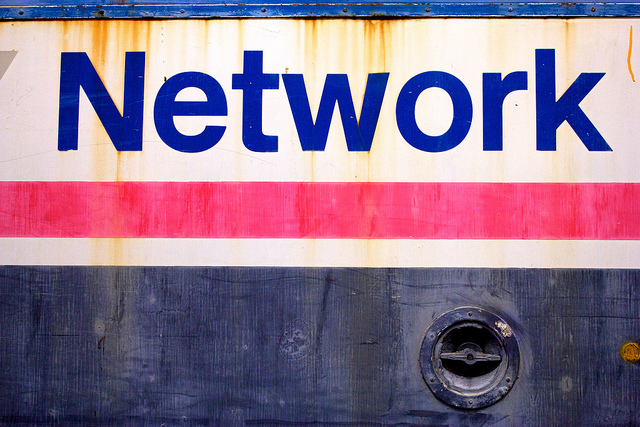This post has already been read 6575 times!

Today I want to talk about the rise of the SaaS model, but also discuss its inherent limitations in the context of supply chain management. I also ask what will be the next big trend after SaaS?
The software as a service (SaaS) model has definitely entered the mainstream. A wide variety of companies are now allowing SaaS vendors to manage an increasing number of functions formerly reserved for locally installed software. Gartner estimated a 15.8% compound annual growth rate through 2014 for SaaS enterprise application markets versus a total application market growth rate of 5.3%. By 2015, worldwide SaaS revenue is forecast to reach $21.3 billion (Gartner, Published 11 November 2010). Every report I’ve read since then shows these growth projections being met or surpassed.
Today, SaaS vendors are managing critical business functions for companies of all sizes. SaaS is most likely to be found in the areas of content management, customer relationship management, management of information systems, enterprise resource planning, and supply chain management.
Why so much success? The rise of SaaS can only be understood in the context of the mass migration of our personal and business data into the cloud. The ever-falling cost of data storage, the widespread availability of high speed Internet connections, and the introduction of next-generation web application platforms (i.e. “web 2.0”) have allowed for powerful web based programs that meet or surpass their desktop counterparts. The SaaS model allows customers to reap the benefits of the latest advances in technology without the costly and risky implementations that come with traditional software. So what’s not to like about SaaS?
In the context of SCM, the downside with most of today’s SaaS vendors is that they only taking advantage of a fraction of the benefits offered by the cloud, and their results are demand-driven in name only. SaaS may be able to deliver disparate systems more flexibly and cheaply than under the traditional model, but they are still disparate systems. Despite all the hype, there are inherent limitations to how demand-driven a supply chain can be when multiple standalone systems are expected to collaborate (if you disagree, read this post and come back to me).
I believe the SaaS model can only do so much for a supply chain; eventually, trading partners will coordinate their actions via large-scale B2B networks that also provide services like SaaS companies do now. In other words, you’ll be connected to a network for the ease of transacting with your trading partner, but you’ll also be able to benefit from cloud-delivered services that take advantage of multiparty data.
More and more, business-to-business networks will emerge as the dominant force in business. In this networked world, business processes that were formerly disconnected will become collaborative and much more social. Today’s conventional wisdom will be replaced by fundamentally different businesses rules.
Are you ready for this shift? In part two of this series, my colleague Gene Trousil will go into more detail about why complex supply chains benefit greatly from the network approach.
- The 4PL Revolution Roundup: Top 8 Opportunities for Today’s Logistics Providers - December 15, 2015
- Demand Sensing Round-Up (Blog Posts, White Papers, and Webinars!) - December 15, 2015
- Your Favorite Posts of 2015 - December 4, 2015
